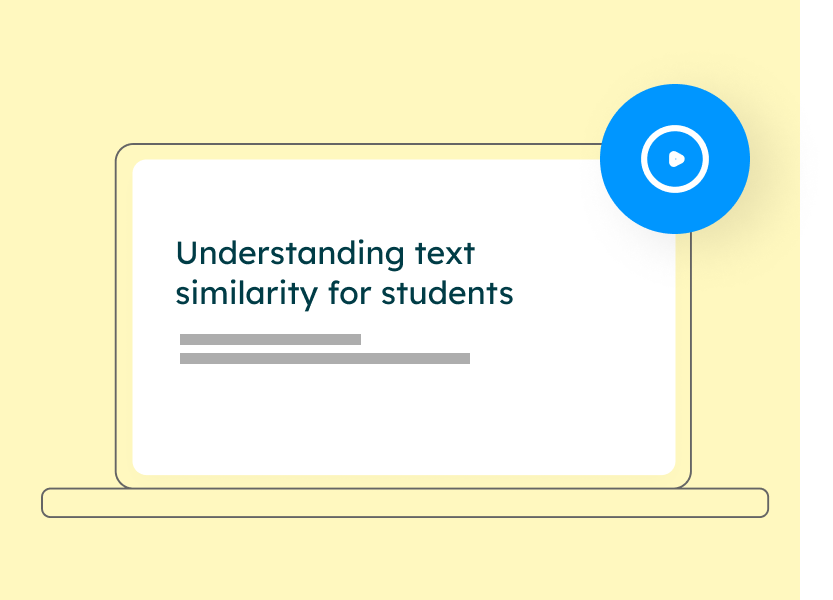Understanding Turnitin Colors: A Guide to Interpreting Similarity Reports
Turnitin is a widely used tool in academic institutions for detecting plagiarism and ensuring originality in student submissions. One of its key features is the Similarity Report, which provides a detailed analysis of the text against a vast database of sources. This report is color-coded, each color indicating a different level of similarity, making it easier for educators and students to quickly assess the originality of a document. However, understanding what these colors signify is crucial for accurately interpreting the report and taking appropriate actions. In this comprehensive guide, we will delve into the meaning of Turnitin colors, how to interpret them, and what steps to take based on the similarity percentages.
The Basics of Turnitin Color Coding
Turnitin uses a color-coding system to represent the similarity index of a submitted document. The similarity index is the percentage of text in the document that matches sources in Turnitin’s database. The colors range from blue to red, each corresponding to a specific range of similarity percentages:
- Blue (0%): Indicates no matching text was found. A blue report means the document is entirely original or that it does not match any sources in the Turnitin database.
- Green (1-24%): Suggests that the document contains a low level of matching text. This is typically acceptable and can include properly cited quotations or common phrases.
- Yellow (25-49%): Indicates a moderate level of matching text. This level warrants a closer review as it may include a significant amount of quoted material, some of which might not be properly cited.
- Orange (50-74%): Represents a high level of matching text. A document in this range requires thorough investigation as it likely contains a substantial amount of copied material.
- Red (75-100%): Signifies a very high level of matching text. This indicates that the majority of the document matches existing sources, raising serious concerns about originality.
Interpreting the Colors
While the colors provide a quick visual cue, it’s essential to delve deeper into the report to understand the context of the matches. Here’s how to interpret each color in more detail:
-
Blue (0%):
- What it means: The document has no matches with any sources in the Turnitin database.
- Possible actions: While this indicates originality, it’s also important to ensure that the document includes necessary citations and references.
-
Green (1-24%):
- What it means: The document has a low level of matching text, usually within an acceptable range.
- Possible actions: Review the matches to ensure that all quotations and references are correctly cited. Minor adjustments might be needed to improve citation accuracy.
-
Yellow (25-49%):
- What it means: The document has a moderate level of matching text, which may include extensive quoted material.
- Possible actions: Examine the report to identify the sources of the matches. Ensure that all matched text is properly cited and consider reducing the amount of directly quoted material to increase originality.
-
Orange (50-74%):
- What it means: The document contains a high level of matching text, indicating potential issues with originality.
- Possible actions: Conduct a detailed review to understand the extent and nature of the matches. Significant rewriting and proper citation are likely necessary to address potential plagiarism.
-
Red (75-100%):
- What it means: The document shows a very high level of similarity to existing sources, suggesting extensive copying.
- Possible actions: This level requires immediate attention. Investigate the sources of the matches and take corrective actions such as rewriting large portions of the text and ensuring all sources are accurately cited. Academic integrity policies might also come into play depending on the institution’s regulations.
Best Practices for Using Turnitin
To make the most of Turnitin and its color-coded Similarity Reports, consider the following best practices:
- Educate Students and Faculty: Ensure that both students and faculty understand how to use Turnitin and interpret its reports. Offer training sessions or resources to explain color coding and the importance of academic integrity.
- Regular Reviews: Encourage regular use of Turnitin for drafts as well as final submissions. This allows students to see potential issues and make corrections before the final submission.
- Focus on Citation: Emphasize the importance of proper citation and referencing in academic work. Provide guidelines and examples to help students understand how to cite sources correctly.
- Holistic Assessment: Use Turnitin as one part of a broader strategy to promote originality and academic integrity. Combine it with other tools and methods to ensure a comprehensive approach to preventing plagiarism.
Understanding Turnitin colors and effectively interpreting Similarity Reports is key to maintaining high standards of academic integrity. By recognizing what each color represents and taking appropriate actions, educators and students can ensure that their work is original, properly cited, and free from plagiarism.




